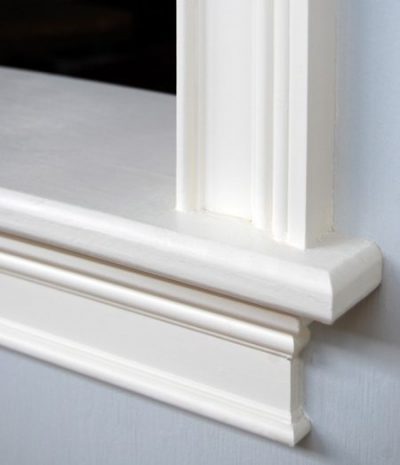Interior
Moulding: The 5 Most Commonly Used
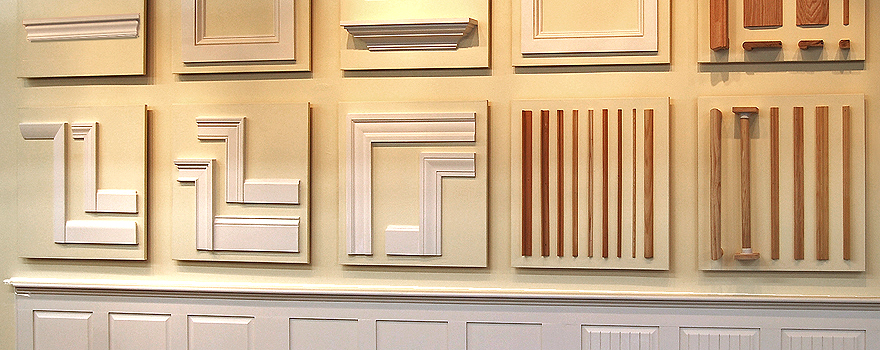
Each moulding is designed for a specific purpose. Uses include framing a door or a window, but also just to add character to a bare wall in your home. Sometimes it’s difficult to distinguish the different types of moulding. So, that’s where Max T. Value comes in. He’s here to help and break down some of the basic mouldings used regularly.
MOULDING TYPES
Casing – What are the uses for casing? Casing covers up the unfinished gap between walls and doors, or where walls and window frames meet. There are different styles and designs, but they all measure between two to three inches thick. For example, you’ll find casing throughout your home.
Baseboard – Use baseboard to trim walls where they meet or join flooring. Baseboard is very basic and tends to have a simple design. In addition, it’s often paired with a piece of quarter-round. Baseboard sizes range from three to five inches thick. Most often, it matches the casing used within a room. For example, Colonial casing and Colonial base are natural partners.
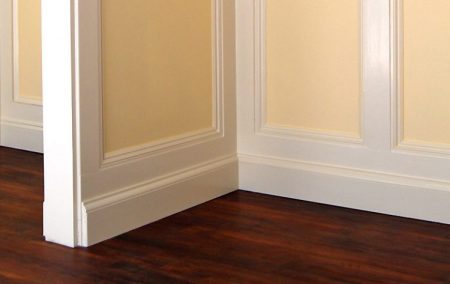
Crown – This moulding is the “crowning” feature of a room. Because this covers the transition between wall and ceiling. There are many types of crown moulding with intricate detail. And others are created by using two or more styles to make a unique design. The sizes of the crown moulding vary.
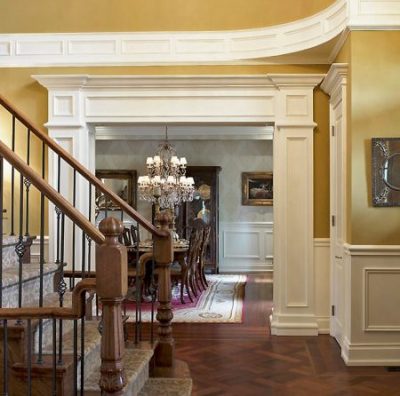
Chair Rail – Any ideas on why it’s called a chair rail? Quite simply, it’s meant to protect your walls from damage by furniture rubbing against it. Although some homeowners use a chair rail strictly for decorative purposes by dividing the wall space, then painting contrasting colors on top and bottom.
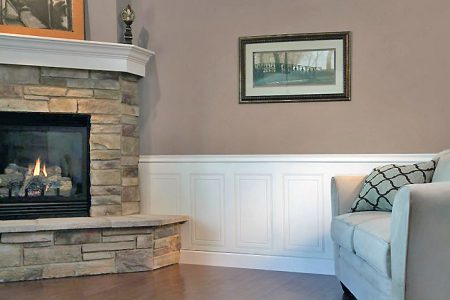
Picture Rail – It’s exactly as the name sounds. It’s a piece of moulding to place artwork on without having to nail the artwork directly into the wall. And it adds a decorative element to the room by allowing you to add or change photos, frames, etc. It’s often paired with crown moulding and typically appears seven to nine feet off the floor.
In conclusion, there are many more types of moulding, but these just happen to be the most commonly used!

